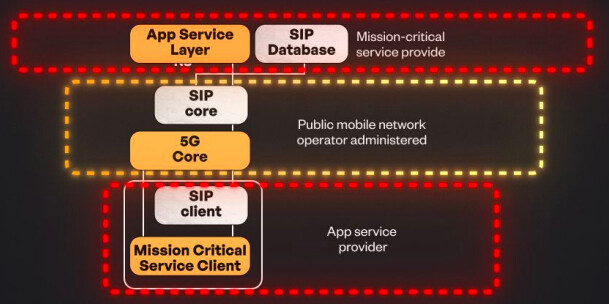Why 5G Mission-Critical Systems Work.
Why They Sometimes Don’t.
It’s easy to believe flawless tech means flawless performance.
But in mission-critical networks, perfection isn’t just technical — it’s strategic.
There’s no margin for error.
I’ve seen how one weak link can bring everything down.
Here are five real-world deployment models:
Single operator runs it all.
![]() Simple setup, risky dependency.
Simple setup, risky dependency.
Split between network and service providers.
![]() Flexible boundaries, harder alignment.
Flexible boundaries, harder alignment.
Service provider takes full control.
![]() Tighter security, heavier lift.
Tighter security, heavier lift.
Hybrid with shared control.
![]() Balanced governance, potential friction.
Balanced governance, potential friction.
Full ecosystem collaboration.
![]() Most innovative, often the slowest.
Most innovative, often the slowest.
No model is perfect.
The real challenge isn’t choosing the best setup — it’s choosing the one that fails the least.
5G can’t afford confusion.
That’s why 5G’s mission-critical strength isn’t built on speed alone.
It’s built on trust, coordination, and clear accountability.
Thanks for reading.
PDF: ![]()
5G Mission-Critical Deplyment (By Furqan Jameel).pdf (1.6 MB)
LinkedIn: ![]()
